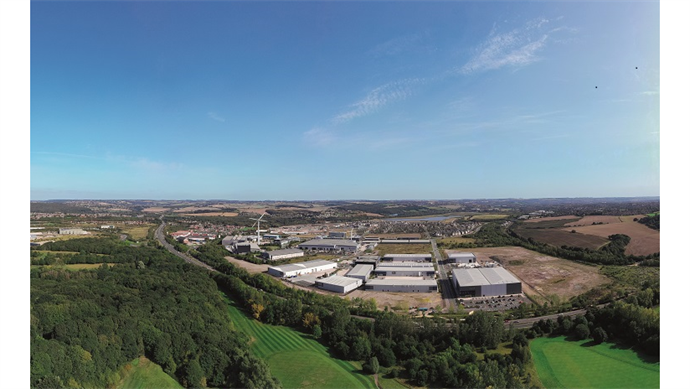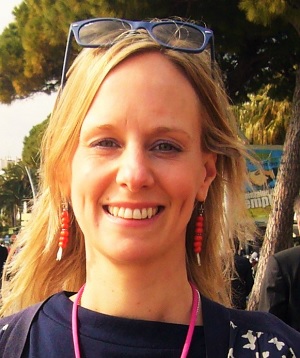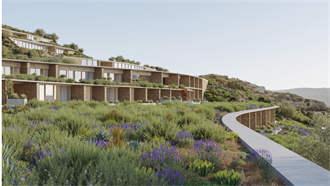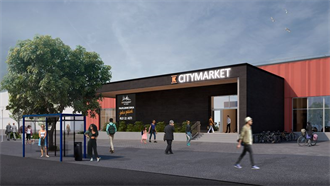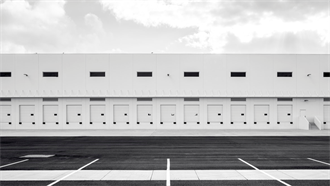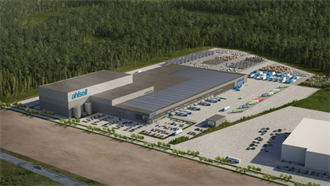Industrial redevelopment specialist Harworth may be surfing the wave of real estate’s hottest asset classes, but its sustainable mandate is rather more profound.
Where the black spokes of the pit wheel were once silhouetted against the Yorkshire sky, today there are warehouses. And not only: framed by the green slopes that rise between Sheffield and Rotherham, 4,000 homes, shops, restaurants, a primary school, community facilities and 125 hectares of green open space are now taking shape.
This is Waverley, Yorkshire’s largest brownfield development and one of the most iconic projects realised by Harworth, an industrial regeneration specialist which inherited vast swathes of land from UK Coal. Often polluted land, demanding considerable clean-up expertise, and a talent for master-planning new communities and projects in these out-of-town locations flanking key arterial roads.
Over the last four decades, Britain’s pits have been quietly, and not so quietly, closing. Looking at Waverley’s 280 hectares of modern mixed-use space and parkland, it’s hard to visualise the bloodiest battle of the UK miner’s strike, which took place here in 1984. Some 10,000 pickets squared off against 5,000 police officers to try and save Orgreave Colliery. They failed.
‘The pit towns had an extraordinary spirit, and I’d like to think that Harworth is today helping forge new, tight-knit communities on that land,’ explains Lynda Shillaw, Harworth’s chief executive. In the role for just over six months, after leaving a management position at Town Centre Securities, Shillaw is Yorkshire born and bred and has a strong affinity with the counties of satanic mills and spoil tips.
Harworth owns and manages around 6,500 hectares of land across 100 locations in the North of England and the Midlands, overseeing the masterplanning, approvals, development, placemaking and plot sale or build out of the sites. Its income portfolio generates cash to drive the regeneration schemes. Seeing as the natural fit for many of these masterplans has been industrial property and housing, Harworth today finds itself at the intersection of real estate’s most compelling convictions: beds and sheds.
Brownfield regeneration
‘Waverley is one of the examples where we have managed to combine both residential and industrial,’ she notes. ‘I would say that while residential is a very hot sector right now, industrial is white hot. Many of the sites are in key locations near motorways and are ideal for this asset class.’
Industrial opportunities The jewel in the crown of the Waverley development is its Advanced Manufacturing Park (AMP), 61 hectares of prime industrial which is home to the likes of Rolls Royce, Boeing and McLaren Automotive. Technology developed here is already being utilised across projects ranging from Formula One to the military. Further north, Logistics North near Bolton, another key Harworth scheme, is three-quarters of the way towards delivering 4 million ft² (370,000 m²) of bespoke industrial buildings, flanked by a 220-hectare country park.
Populated by the likes of Aldi, Amazon and Lidl, it’s a site where retailers and manufacturers have replaced the Cutacre surface mine as key local employers.
‘Regeneration is about homes and jobs,’ says Shillaw. ‘At the moment we are in the sweet spot between both the residential and industrial sectors, but we would probably still be focusing on these asset types even if the market wasn’t so hot.
‘Another thing I really like about the business is – apart from creating places where people want to live and work – the environment is a big part of what we do. A lot of our sites have incredible parks that connect their communities.
‘Thoresby Colliery in North Nottinghamshire closed as a working mine five years ago, and the first homes are already in. The 300-acre (121 ha) former spoil heap is now a country park that backs onto Sherwood Forest on the other side.’
Green goals
The industrial nature of Harworth’s sites has made the firm experts in rehabilitating land from industrial contamination and deploying environmental best practices. Shillaw recounts the transformation of the former Ironbridge Power Station in Shropshire, whose four cooling towers were built in the 1960s using a red pigment to blend in with the local soil. ‘Those towers were demolished and will be crushed to create pink cycle paths through the new country park,’ she notes.
Across Harworth’s sites, development teams find themselves disposing of asbestos one day, and creating newt ponds or peregrine-falcon nesting areas another. On its larger schemes, significant infrastructure investments and the provision of schools expands its mandate still further.
Despite the inherent virtue in Harworth’s brownfield mandate, Shillaw concedes that as part of the firm’s strategy, it is ‘inevitable that green land will be built on’. She notes: ‘We prefer to acquire brownfield sites but they are not always in the right location for logistics developments, or at the right scale. There is a tension, but it’s a process that you have to work through. We have greenfield sites on our books that will go through the planning process, but it might be five or 10 years before you get an allocation for that.’
Sustainable strategies
With Harworth’s origins in the UK Coal portfolio, does that mean that the company will cease once all the mines have been transformed? The answer from Shillaw is a firm ‘no’. ‘Today, only 49% of our portfolio is on former colliery land, while 51% by value has been acquired since 2015,’ she says.
Harworth established local teams in the North West and the Midlands in the last few years to source strategic land portfolios, talk to local authorities, and lead on its partnerships with universities and the private sector to expand its reach. Acquisitions are asset-managed to generate superior income, fund developments, and are eventually ‘churned’ for further deal-making. Harworth’s loan-to-value was 11.5% as of December 2020 and a fairly prudent gearing strategy places the firm in good stead. Flanked with a growing renewable energy portfolio, this one is set to run and run.
In the meantime, Shillaw is working on a net zero carbon strategy which should be ready by the end of the year. One of the benefits of the business model is the sheer number of green parks and nature reserves that Harworth builds back into the terrain it rehabilitates, already mitigating the carbon costs.
And while the firm continues to enjoy the land of milk and honey that is beds and sheds, it is clear that Harworth’s environmental and societal strategy has sustainability written through it like a stick of rock.

